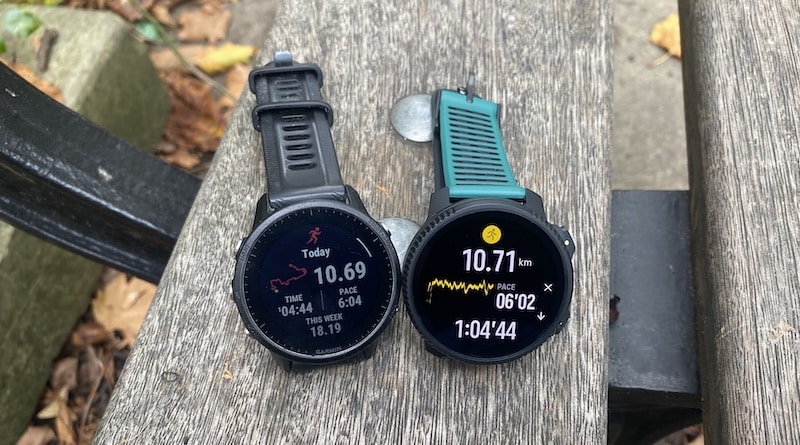
Suunto Vertical 2 vs Garmin running test for GPS & heart rate
Suunto Vertical 2 goes up against the Garmin Forerunner 955 in this running test, with GPS and heart rate accuracy in focus. I’ve tested both over several runs, including one 10.7K route through central London.
At first glance these two watches might seem similar. The Vertical 2 keeps the tough, high-end feel of the original but swaps in an AMOLED screen that really stands out. It’s heavier than the Garmin due to the extra metal in the build, and it uses three buttons instead of five. Plus that one has a MIP display. These might seem like small differences, but they affect how each watch feels on the wrist during a run.
GPS accuracy stands out
Starting of with GPS, and both watches come equipped with dual-frequency GNSS. In practice, the results were some of the closest I’ve seen.
On a run through central London, Suunto logged 10.71 km while Garmin came in at 10.69 km. That route included tight corners, frequent direction changes and tall buildings, yet both watches stayed locked on with minimal drift. On another run, they both recorded exactly 7.56 km. Even on a third test, the difference was just a single metre.

I also overlaid the GPS tracks from both watches on a map for the 10.7K, and the paths matched almost perfectly from start to finish. When comparing distance differences over time, the average positional gap was around 54 meters, with the biggest spike hitting about 124 meters. That was likely due to signal blockage or brief interference.
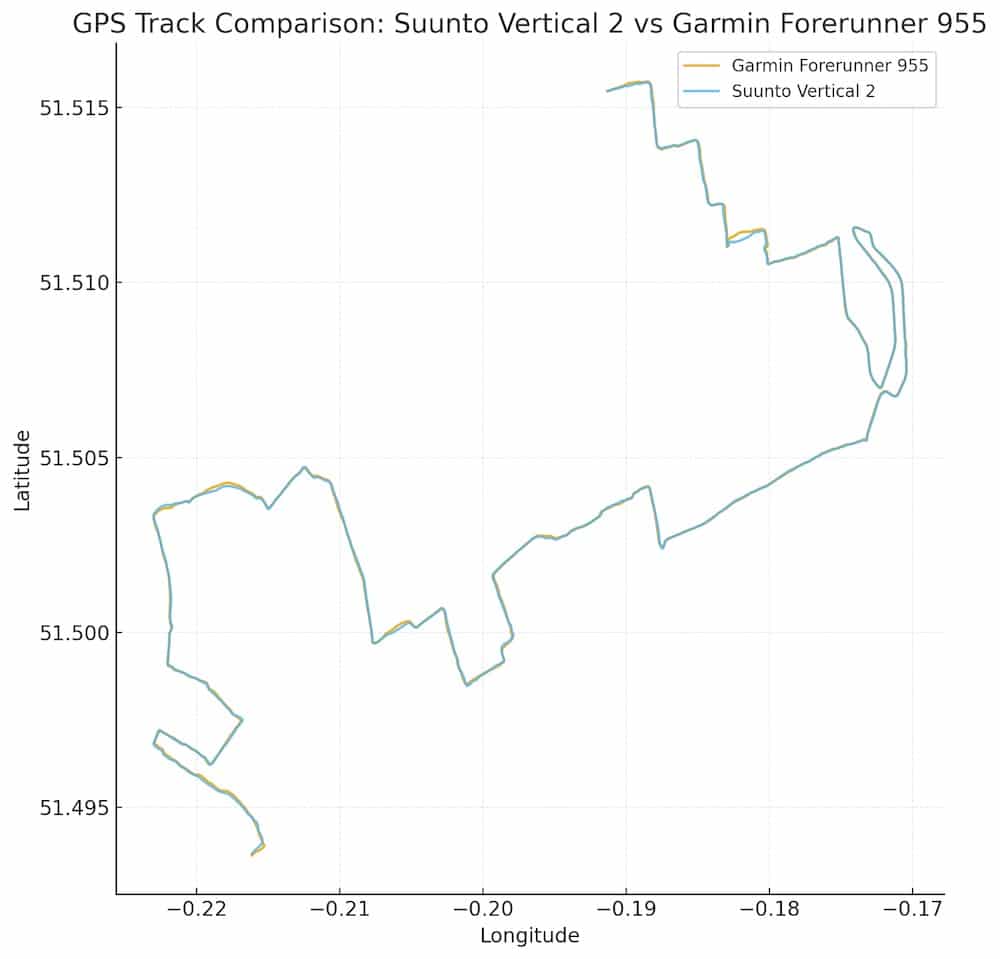
Satellite lock was quick on both devices. Overall, the GPS performance between the two watches is nearly identical.
Heart rate accuracy needs wrist awareness
Heart rate tracking told a slightly different story. While both watches performed similarly on average, I had issues with Suunto initially.
The culprit turned out to be fit. Because the Vertical 2 is heavier, it was slipping close to the wrist bone on my slender wrist. Once I adjusted the position higher up and tightened the strap, the readings improved dramatically.
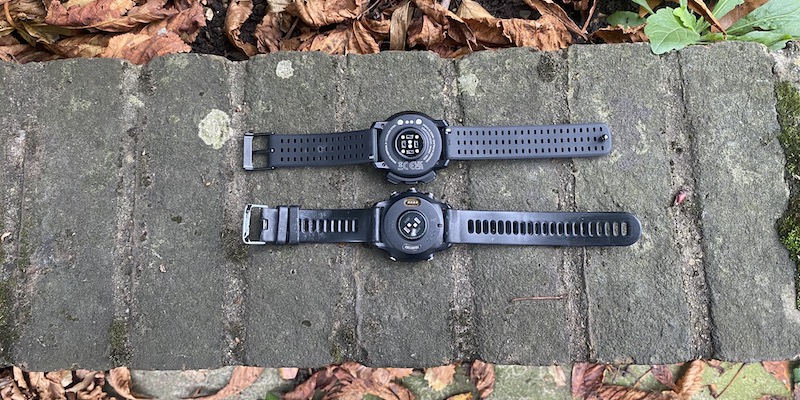
On the same 10.7K run, average heart rate was 150 bpm on the Suunto and 151 bpm on the Garmin. Max readings were 172 and 171 respectively. The graphs tracked closely throughout the run, with a small deviation around the 6K mark when I briefly stopped because my phone fell out of my rucksack. In fact, in that instance, I’d say Suunto’s tracking was the more responsive of the two.
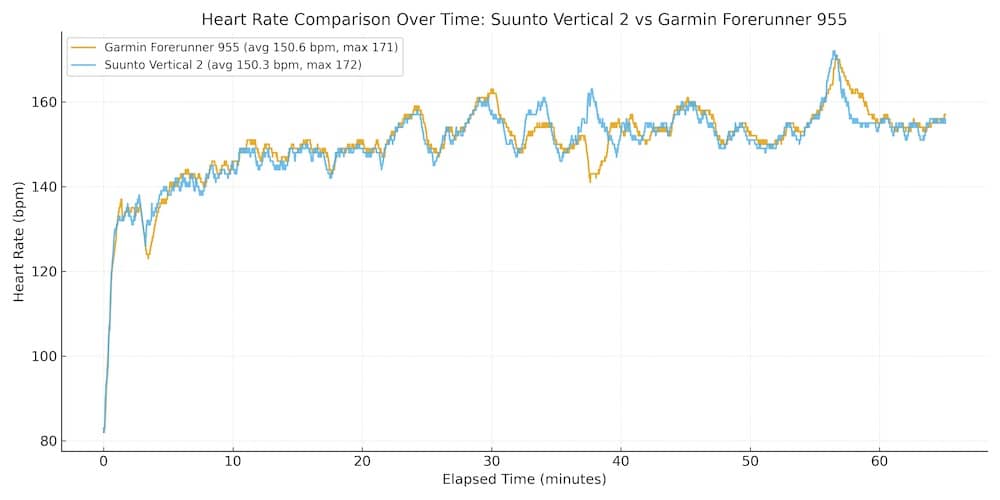
The upgraded optical sensor on the Vertical 2 is the same one found in the Race 2. It performs well, as long as the fit is right. For those with slimmer wrists, it might require a little experimentation. Garmin’s Elevate sensor, on the other hand, was consistent but felt slightly slower to react to sudden changes in effort.
App insights and data differences
The data breakdown between the two platforms is also worth mentioning. Garmin still offers a more detailed post-run analysis, with more granular pacing and physiological data. But Suunto has improved its app a lot over the past few years. The platform includes VO2 max estimates, fitness trend charts, training load, and recovery insights like fatigue and form scores. For most runners, there’s more than enough here.
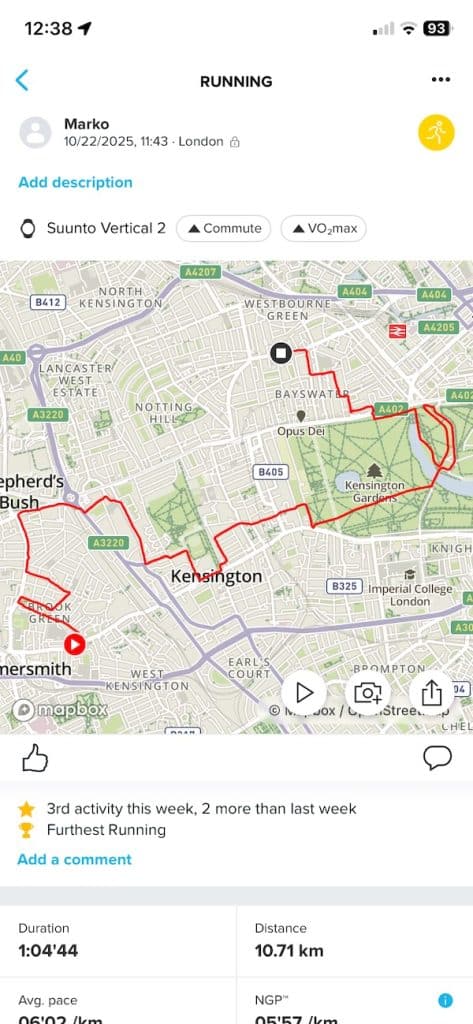
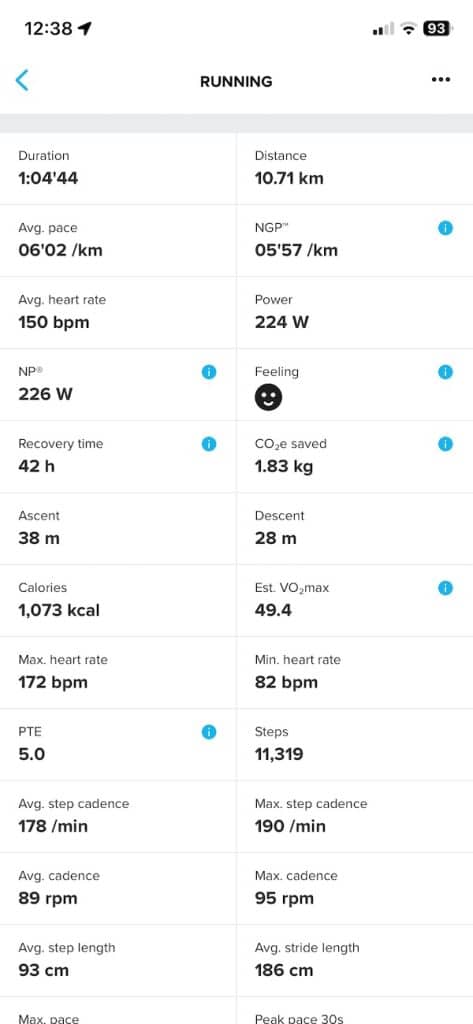
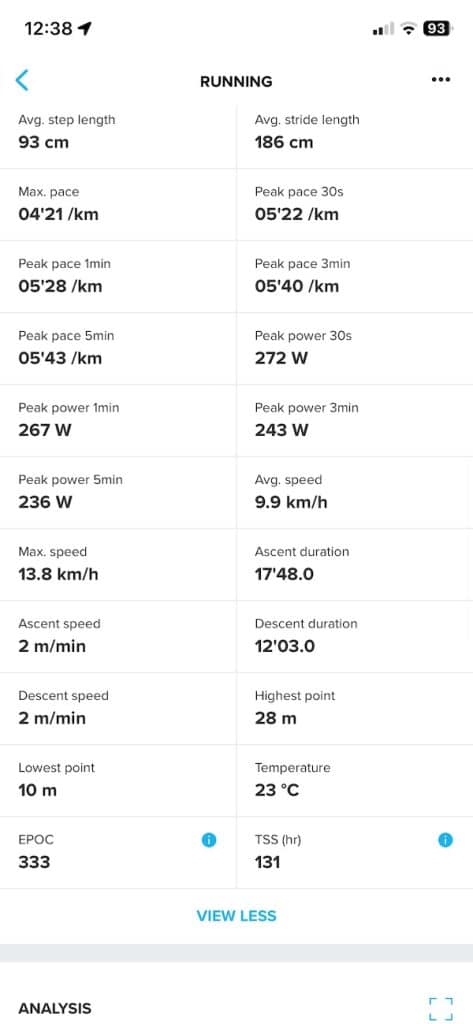

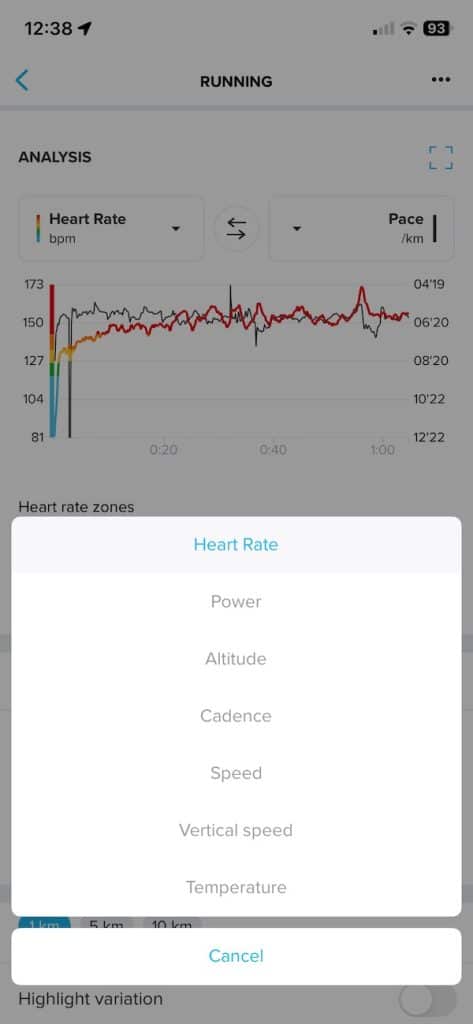
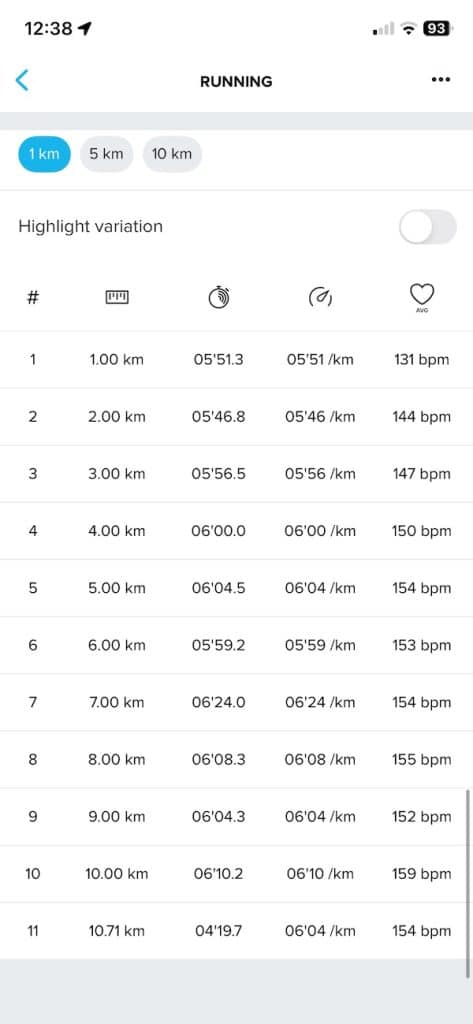
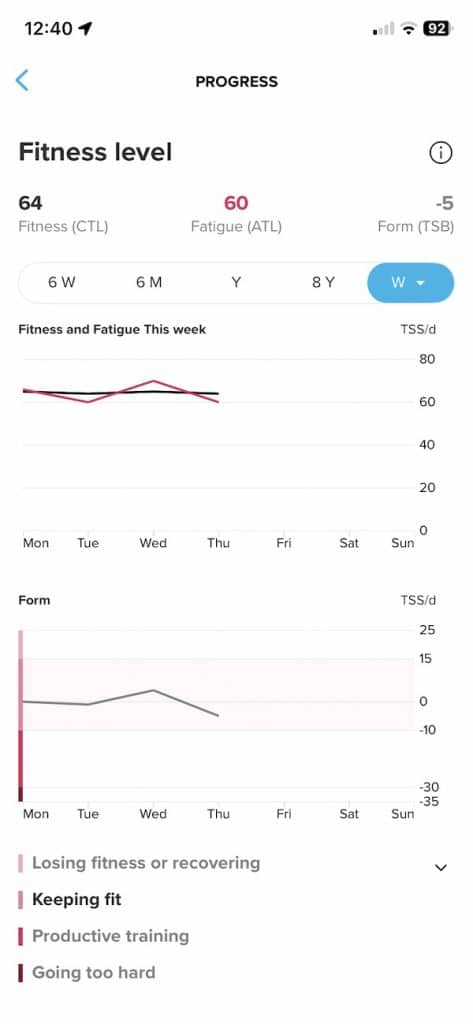
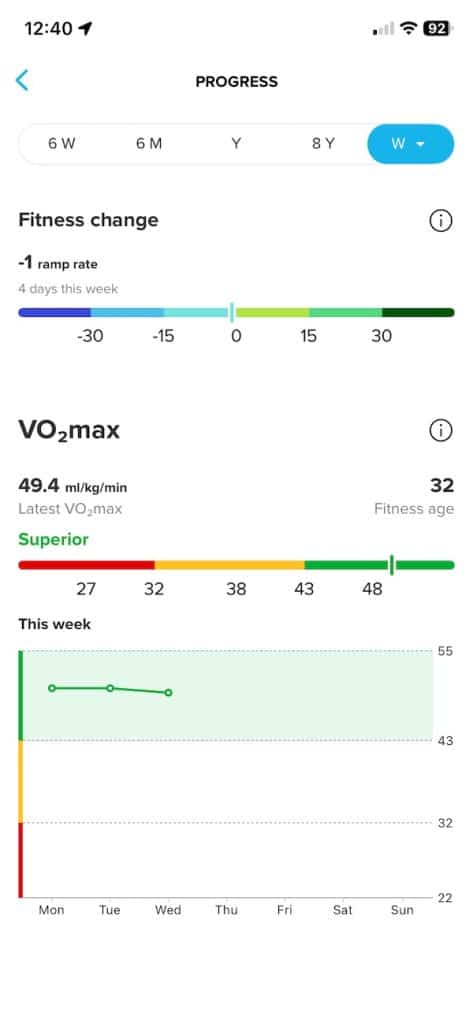
On side-by-side screenshots from the 10.7K run, the Suunto app presents heart rate, pace, cadence, and power graphs that closely match Garmin’s metrics. Garmin does offer a bit more in terms of running metrics, but the difference is not huge.
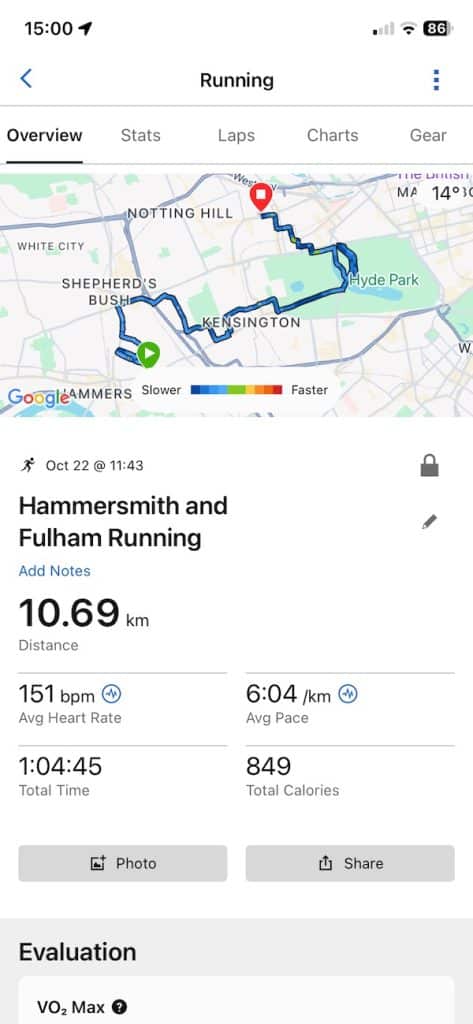
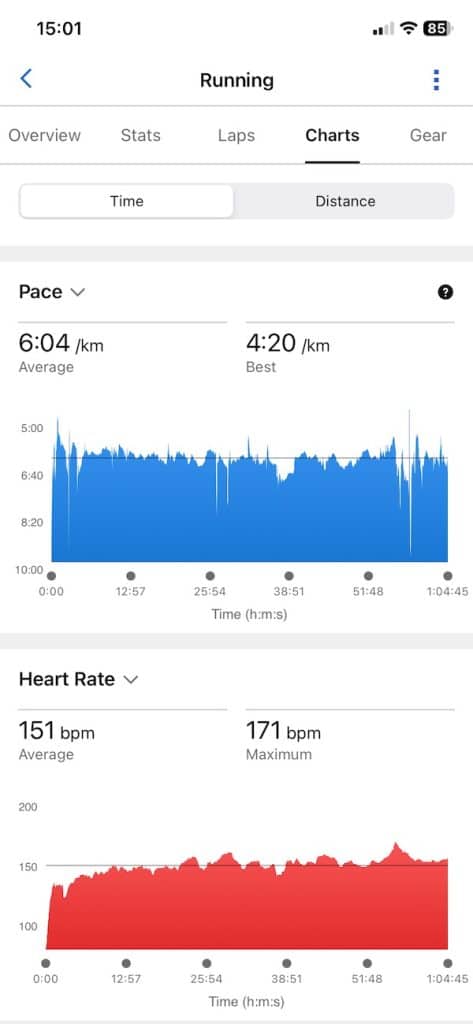
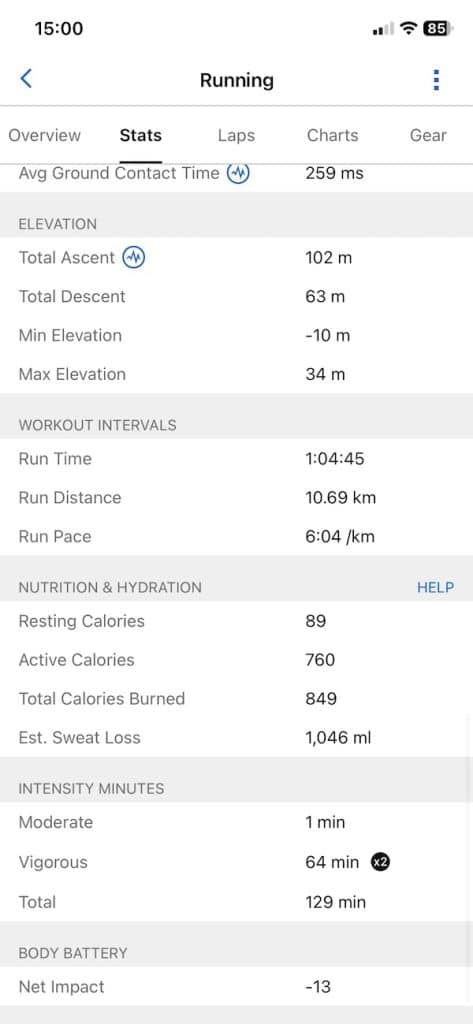
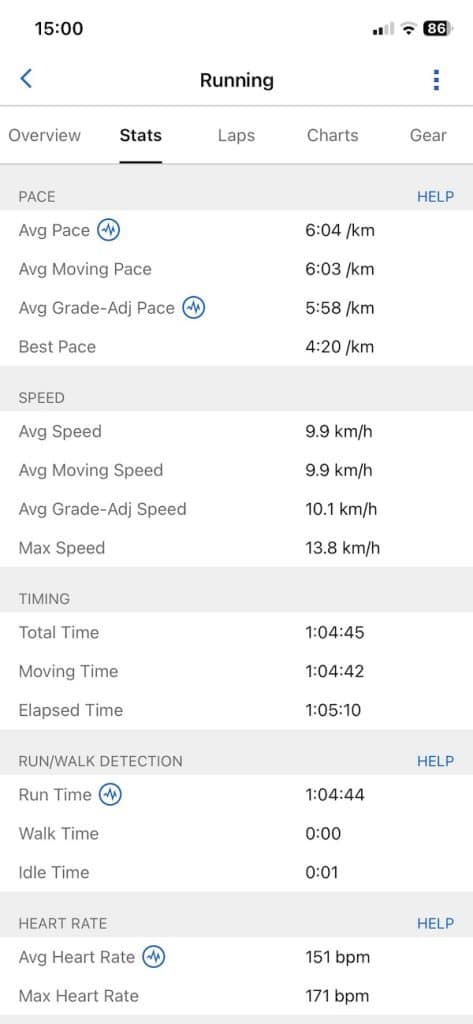
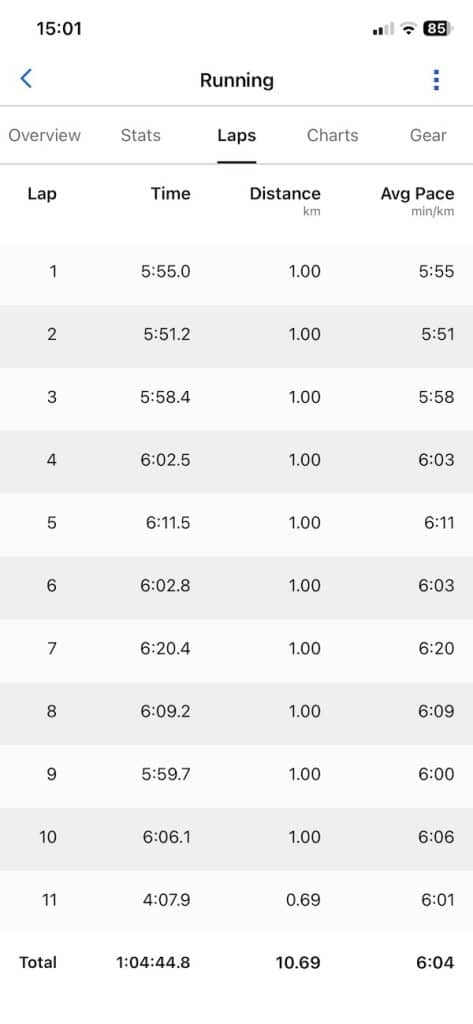
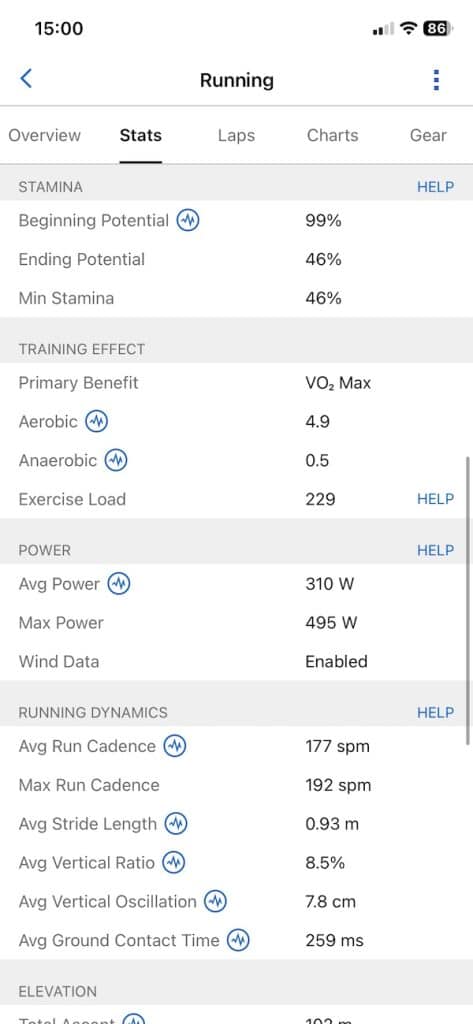
Some quick usability notes
As someone who has been using Garmin watches for a long time, I found there was no learning curve. The Suunto interface is pretty straightforward.
You don’t need to dig through menus to start a run, switch on maps or change settings. It’s all there and easy to get to. One handy feature is how the watch notices when you stop moving and asks if you want to resume the activity. Little things like that make it easier to just focus on the run.
If you’re thinking about the Vertical 2, I’d say it definitely keeps up with Garmin watches. The AMOLED screen looks great and the GPS and heart rate data are solid. It does feel a bit heavy, so if you’ve got smaller wrists, the lighter Race 2 might be a better match. But overall, the Vertical 2 is right up there.
View Vertical 2 on Suunto’s website or Amazon.
Subscribe to our monthly newsletter! Check out our YouTube channel.
